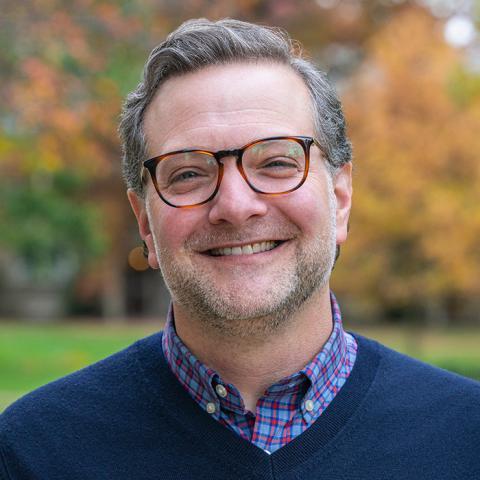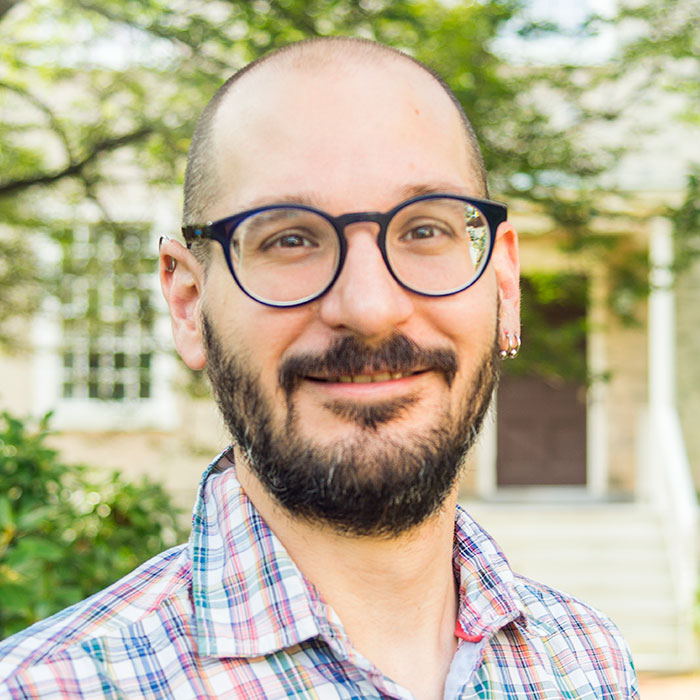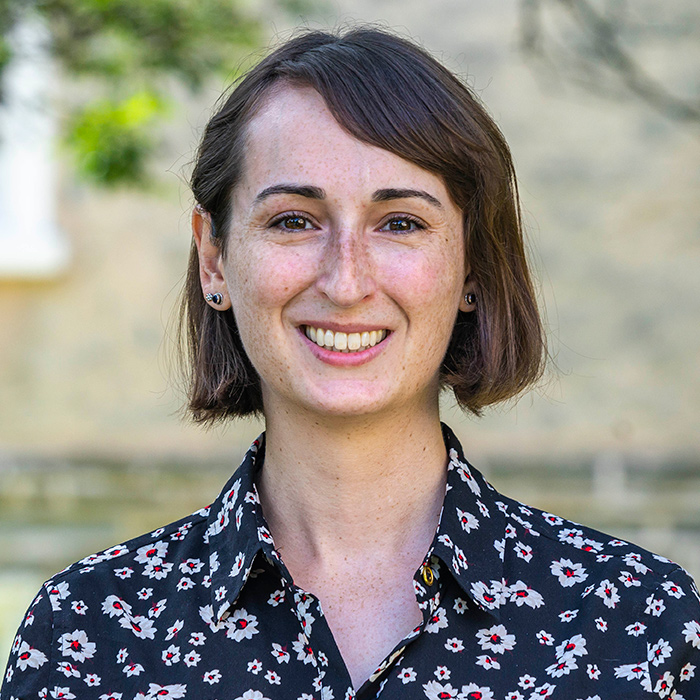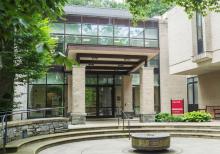Pre-Health Advising
Contact & Staff
The Director of Pre-Professional Advising provides pre-health advising and support to students and alumni who are interested in exploring careers in the health professions, including medicine, dentistry, public health, and other related fields. If you would like to schedule a pre-health advising appointment, please feel free to do so through Handshake.
Haverford College Pre-Health Society
The Pre-Health Society is a student-led advocacy group working with faculty to build an inclusive community by communicating the needs of underrepresented students, connecting with health professionals, and providing opportunities to explore medicine and health-related issues.
2023-2024 Executive Board
- Co-Heads: Silina Awad & Mary Zhou
- Secretary: Andreas Wingert
- Treasurer: Sophia Furman
- Student Representative: Shahla Muktar
- Public Relations: Ahlam Hussein
- Public Health Representative: Michelle (Vita) Meng
- Social Media & Outreach Manager: Sheryl Avornu
Connect with the Pre-Health Society
- Pre-Health Society on Haverford Engage
- prehealthhc [at] gmail.com
Pre-Health Faculty Committee
The Haverford College Pre-Health Faculty Committee is an interdisciplinary group of faculty and staff that provides structure and policy guidance for advising in the health professions.



